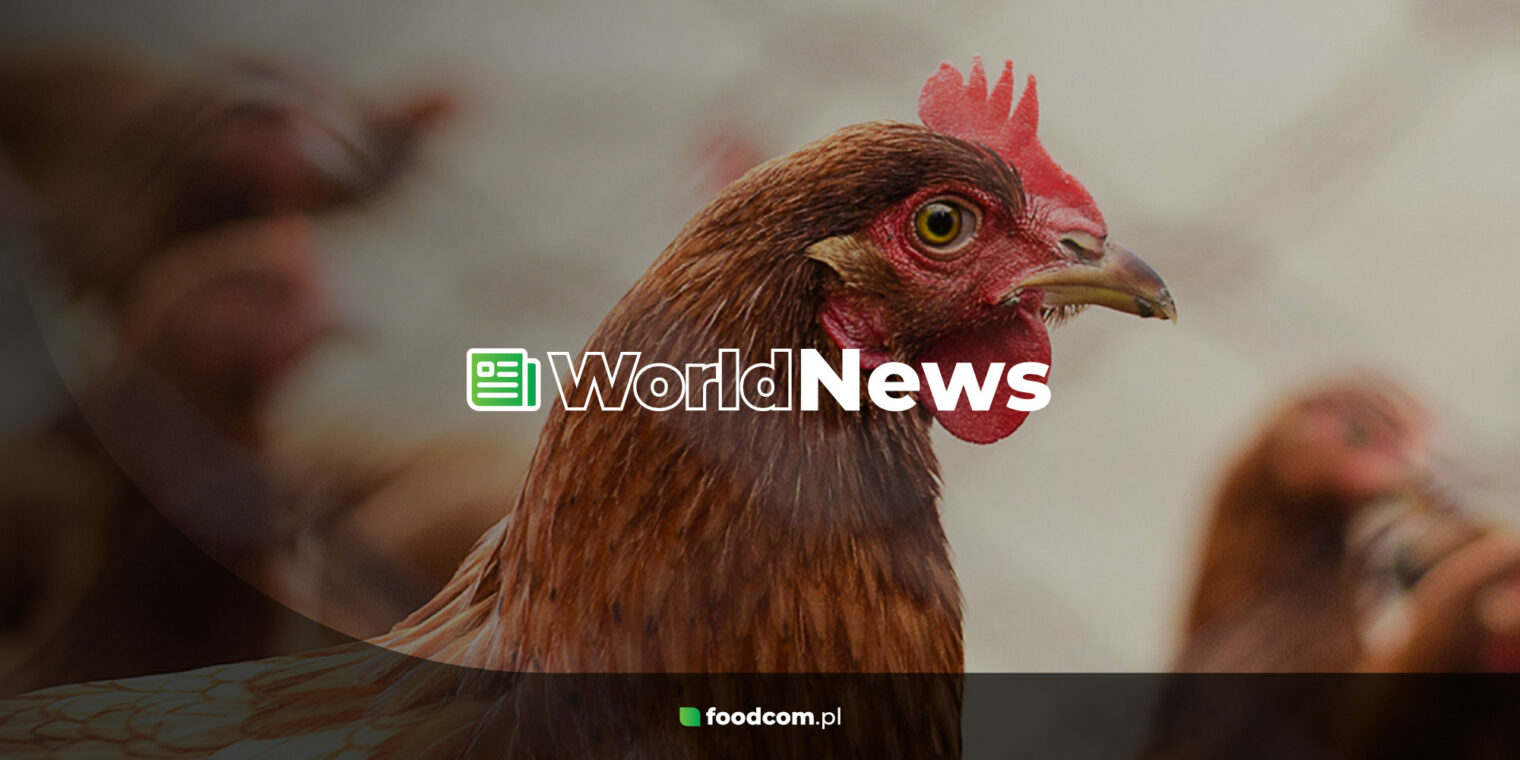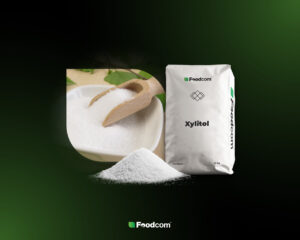Read in this week’s news how raising feed costs around the globe are affecting agriculture. In Peru, a 50% increase in feed prices contributes to growing unemployment and forced slaughtering of cows. Other countries are also facing forage price increases between 15% and 30% due to poor yields, booming demand, and pandemic-related uncertainty.
Tough situation in Peru
The recent report from the Association of Dairy Ranchers of Peru (AGALEP) revealed that the dire economic situation in the country did not spare the dairy sector. Almost 100,000 workers could be left unemployed while small and medium scale milk producers are forced to send around 2,000 cows to the slaughterhouse. The main reason is the escalating cost of cattle maintenance, including a 50% increase in the feed prices with no impact on the income. The other problem they are facing is the market dominance of diary giants which impose the lowest prices.
Rising costs of animal feed around the globe
However, the rising costs of animal feed are present in other markets as well. Last year the US has seen a record increase in the price of corn and soybean since 2012 resulting in herd feed prices over 30% higher. Meanwhile, Brazil faced a 39% increase in the cost of maintaining chickens in 2020, still growing this year. In Vietnam, the prices for animal forage noted a 15-30% increase only in the past five months. There are several reasons for elevated feed prices among which the most notable are poor grain yields all over the world, explosive demand from China for swine feed, the weak position of the dollar, disruptions and higher costs of freight deliveries, and unstable situation with COVID-19 possibly leading to more countries going into lockdown.










